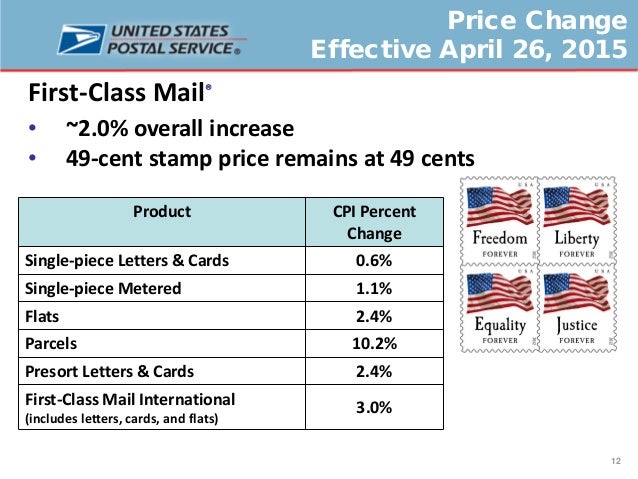

**Figure 1** Hybrid sampling frame design. With a hybrid frame approach, larger segments can be used, and those that are allocated to FE would be subdivided into smaller geographic areas where FE is feasible. When ABS is used as the primary frame source, segments can be larger than with traditional FE designs, because ABS does not require enumeration of HUs. Area segments are geographic areas that are typically formed based on Census geography (e.g., census block groups or collections of census blocks). First, a sample of area segments is selected.

2012).įigure 1 depicts the implementation of a hybrid frame design. One approach to ameliorate low rural ABS coverage is to develop a hybrid sampling frame, where areas that are expected to have adequate ABS coverage are allocated to the ABS portion of the frame, and areas with poor ABS coverage are allocated to FE (Lepkowski et al. 2007 O’Muircheartaigh, English, and Eckman 2007). ABS frames based on the CDS file provide both time and cost savings over traditional FE, because ABS frames do not require field staff to visit area segments in advance of sample selection.ĭespite the time and cost savings of ABS designs, concerns remain about the household coverage of ABS frames for in-person surveys, particularly in rural areas (Dohrmann, Han, and Mohadjer 2007 Iannacchione et al. Postal Service’s (USPS) computerized delivery sequence (CDS) file, which is made available to select vendors through nonexclusive licensing agreements with USPS. FE frames are constructed by canvassing selected areas and enumerating potential housing units (HUs). Efficiency gains vary widely across states, and are greater for higher coverage thresholds.Īddress-based sampling (ABS) is commonly used either as an alternative to or in conjunction with traditional field enumeration (FE) methods for in-person surveys (Iannacchione 2011). This paper measures the efficiencies that are gained by including the No-Stat file for a specified hybrid frame design and coverage estimator. In a hybrid frame design, clusters of No-Stat addresses could move some areas that otherwise would rely on field enumeration to the ABS portion of the frame, lowering field costs. Although the overall coverage gains provided by the No-Stat file are modest, No-Stat addresses are clustered in relatively small geographic areas. Since 2009, USPS has made available the No-Stat file, a supplement to the CDS file that contains approximately seven million predominately rural addresses not found on the CDS file. The more areas that are allocated to the ABS portion of the hybrid frame, the greater the cost savings. Because of low rural coverage for in-person surveys, researchers often resort to hybrid sampling frames that utilize ABS in areas where coverage is expected to be high and traditional field enumeration in areas where coverage is expected to be low. Address-based sampling (ABS) frames are based on the Computerized Delivery Sequence (CDS) file, made available to qualified vendors by USPS.


 0 kommentar(er)
0 kommentar(er)
